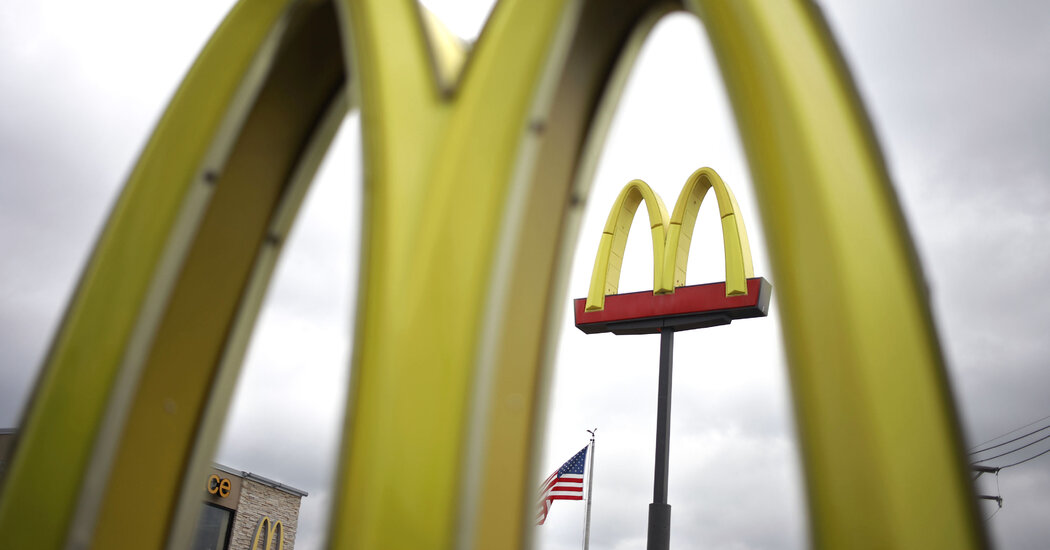
In presidential politics, you have to meet potential voters where they are. So every four years, churches, college campuses and even barbershops become the mainstays of the presidential campaign circuit. But, this year, the contenders have added the McDonald’s fry station. On Sunday, Donald Trump walked into a Bucks County, Pa., McDonald’s and told the store owner that he was looking for a job, explaining that “I’ve always wanted to work at McDonald’s.”
The public’s image of the typical McDonald’s employee has overlapped with the elusive voter both parties are hoping to secure in the last days of the race. The Trump and Harris campaigns have relied on the American dream of industry and unbridled capitalism to tell a story about social mobility and who can deliver it to more Americans. The story of who owns and who works at McDonald’s is part of that story.
Ever since Vice President Kamala Harris mentioned in campaign ads and interviews her experience working at McDonald’s as a student, the Trump campaign has accused her of lying about her Big Mac bona fides. Even the second gentleman Doug Emhoff’s revelation that he was a McDonald’s Employee of the Month has not lessened the accusation that Democrats do not know or understand the Golden Arches like Mr. Trump does. In Bucks County, Mr. Trump repeated his unfounded claim that Ms. Harris never worked at McDonald’s.
When Ms. Harris and Mr. Emhoff worked at McDonald’s in the early 1980s, the minimum wage never ticked higher than $3.35 per hour. This is the period that solidified the impression that a majority of its employees were like Ms. Harris and Mr. Emhoff, young people who temporarily worked to enhance allowances or put money toward tuition payments. The average age of a fast-food worker in 2021 was 26. In the ’80s, Mr. Trump — an aficionado and frequent customer of McDonald’s — was being interviewed by news programs about his ambitious pursuit of real estate in New York City. It’s a long way from real estate developer to making fries and working the drive-through.
When Ms. Harris talks about McDonald’s, working-class voters may see a future president who knows the fatigue of low-wage, service sector jobs. According to McDonald’s most recent diversity snapshot, 20 percent of its restaurant staff is Black and 35 percent of their co-workers are Hispanic, two groups that can deliver a victory for Ms. Harris. When Mr. Trump shares what is reportedly his favorite order of two Filet-o-Fish sandwiches, two Big Macs and a shake, his fans may applaud a rich guy who doesn’t turn his nose up at fast food. Much of Mr. Trump’s base may not relate to working at McDonald’s as much as dreaming of gaining Mr. Trump’s wealth and owning one.
In the early days of McDonald’s franchising in the 1950s, an array of public policies fueled a booming economy and made possible the franchising system that ushered middle-class people into business. These opportunities were often made available to white men, who had more access to capital to enter the franchise business than their Black counterparts. Additionally, McDonald’s head Ray Kroc focused his early leadership on suburbs, many of which were racially exclusionary and provided a captive consumer base for McDonald’s fare.

